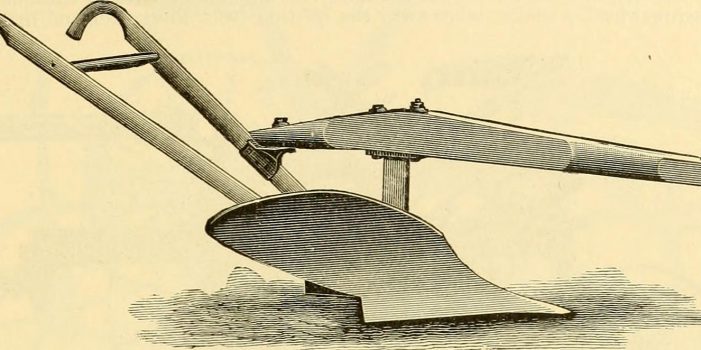How Plastic Saved Our Homestead – Part 1, by H.P.
A Disclaimer: I have zero commercial interest or connection to the plastic industry or any link contained herein. All links and references below are provided for informational and educational purposes only. I strongly encourage readers to use locally owned suppliers and make your purchases face to face for all of the products I recommend. Or better yet- source them via second hand, scrap, or salvage. All photos are originals and taken at my property. — Plastic has been getting a lot of bad press lately. Plastic pollution in our waterways is certainly a problem that deserves our attention. Leaching of …











